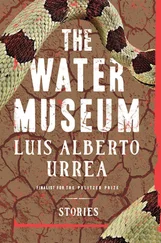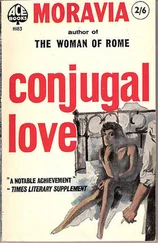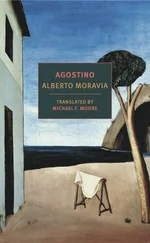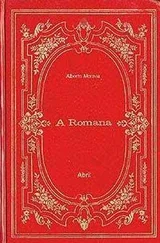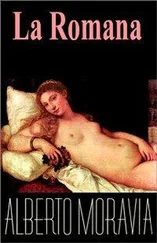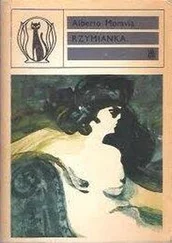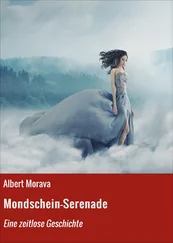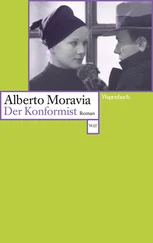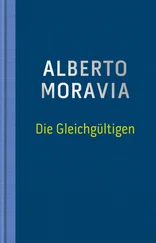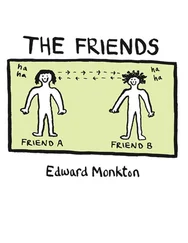Regarding the text, there are frequent typewritten corrections but none by hand, with the exception of page 214. The narrative sequence, which can easily be reconstructed despite a few lacunae which we will discuss later, is the following: pages 231, 162–215, 221–22, and 216–20. However, it is difficult to establish a date for the composition of these pages, because there are no material clues nor clues within the text itself — except for a generic reference to post-conflict events. The only clues can be derived from the order in which the pages were assembled and conserved within the suitcase; for example, page 161, a discarded or misplaced page (found) near a typescript identifiable as “II Monumento” (see Opere , volume 3, and in particular page 1118), a story that was published in the newspaper Il Mondo on March 24, 1951. Of course, this proximity does not allow us to date the typescript, in that it may well be accidental and may have occurred at a later date, but it may possibly indicate a terminus post quem , if we were to imagine a progressive accumulation of pages on the writer’s desk. In general, Version A seems to date from the period after March 1951. Another element, which we will consider later, is the obvious connection between this text and themes and characters in Versions B and C.
The missing sections comprise, for the most part, the beginning and the end of the text. The pages — or page — containing the true incipit of the narration have been lost. The top of the first page we do have, typescript page 231, which precedes all others from a narrative perspective, is severely damaged and probably does not contain the beginning of the story. In the present edition, after a lacuna, the beginning of the text seems to suggest a previous event (line 18 of page 231). In the preceding lines, Moravia had written a passage in triplicate, something he often did in the initial phases of composition. The text of lines 1–17 follows:
[…] The opportunity arose e […]<���…>o; when their o […] completely under […] automobile […][…] arose quite a bit earlier […] their hostility was […] stood. They had […] and Sergio decided one day […] mobile that Maurizio’s parents haght […]<���…>st birthday. The opportunity arose quite a bit earlier than t […] en their hostility had not yet […] completely understood. That year, when Mau [V] gio eighteen, also marked the beginning, for Maurizio, of […] he had a foreign lover, te older […] he was moderately infatuated, while she was in love and […].
There is another missing passage between typescript pages 231 and 162. The passage probably comprises a single missing page, which in all likelihood contained the conversation between Emilia and Sergio, the outcome of which is described on page 162.
The story proceeds from there onward without interruptions for fifty-four typescript pages (162–215), which constitute the main body of the text that has survived. After page 215, one or more pages are missing. The two brief remaining sections (pages 221–22 and 216–20) have a clear, if not completely identifiable, connection to the earlier scenes and themes. In the first (pages 221–22), the two characters are still in the park of the Museo Borghese. This connects the scene to preceding events; we can hypothesize that there is perhaps only a single typescript page missing between pages 215 and 221. The final section (pages 216–20), in which Sergio accompanies the young girl to her new lodgings, clearly takes place later. What is more difficult to understand, because of the missing pages, is the scene in which the two characters shop for a bathing suit — perhaps they were planning to go swimming in the Tevere, given the August heat.
There are a few clear breaks in the text — indicated with empty spaces or typewritten symbols, demarcating sections, however provisional these may be (on pages 164, 188, and 214). Based on these breaks, we can hypothesize regarding the basic structure of the narrative:
I. (pp. 231, 162–64): Maurizio breaks off relations with Emilia and Sergio.
II. (pp. 165–70): Sergio in the years leading up to the war
III. (pp. 170–88): the war years and the fall of Fascism
IV. (pp. 189–214): the visit to Maurizio’s house; the air raid
V. (pp. 215, 221–22, 216–20): the meeting with Nella
From a narrative standpoint, one can surmise that the first two sections are a kind of prologue, in which Maurizio and Sergio are presented to the reader and the story of their friendship before the war is recounted. The actual story begins in 1943, when Sergio is faced with the choice between taking a political stand and leaving Rome, between Federico’s proposal and Maurizio’s. It continues with the visit to Maurizio’s house and the scene in which Sergio and Maurizio meet Nella.
At the bottom of page 185 we see the only compositional note present on these typescripts: “He goes to Maurizio’s villa, decadence, dog and cat, Maurizio’s family.” This note clearly indicates what is to come in the following pages.
VERSION B
The second typescript consists of eighty-seven unnumbered pages. The archive subsequently numbered the pages, according to the order in which they were found: pages 55–66, 68, 70–74, 76–121, and 123–43, all from Dossier 6 (Incartamento 6). Among the tranches of Moravia’s project, the second is the most complete. Most of the corrections are inserted by typewriter, very few by hand (only on pages 62 and 105).
A few visual markings in the text clearly indicate narrative breaks. They consist of either typewritten symbols or empty spaces on pages 62, 84, 90, 108, 118, 131, and 140. The following structure is revealed:
I. (pp. 55–62): Sergio and Lalla
II. (pp. 62–84): Sergio and Lalla visit Maurizio’s house.
III. (pp. 84–90): dialogue between Sergio and Lalla
IV. (pp. 90–108): Sergio and Maurizio’s pact regarding Lalla
V. (pp. 109–18): the party at Moroni’s
VI. (pp. 118–31): the drive to Olevano
VII. (pp. 131–40): events at Olevano
VIII. (140–43): Sergio and Maurizio’s return to Rome
Regarding the dates of composition of this version, we have the following clues:
1) Two of the pages were reused by Moravia and contain, on the back, traces of earlier texts, which can be dated (pages 96 and 115). Typescript page 96 contains a brief narrative note on the back, which, due to its format, appears to be part of a movie script (“An investor visits a textile factory; the owner of the factory is hoping for an investment. During the visit, the group”). As we will see, we can hypothesize that this note refers to the screenplay for a film by the French director Claude Autant-Lara, but we cannot exclude the possibility that it comes from an updated adaptation of Giovanni Verga’s story “La lupa,” which Moravia completed in 1953 for the director Alberto Lattuada. According to one critic, this consisted of “a complete revision of the narrative material, containing a new character, invented by Moravia: the owner of the Manifattura Tabacchi” (Agnoletti, 1953).
2) Two lines appear on the reverse of page 115 (“more and more, and everything was useless because the more I spent, the more she said I was stingy and that I hated to spend money, and on and on”). These lines belong to a draft of the “Roman tale” “Sciupone” (“Spendthrift”), which was published in the Corriere della sera on April 18, 1953 (see Opere , volume 3, page 519). Since Moravia usually completed his stories not long before they were published in the newspaper, this page gives us a terminus post quem: the writing on the reverse of the page cannot date from before April 1952. This is perhaps the most certain and significant clue we have regarding the dating of this text.
Читать дальше

